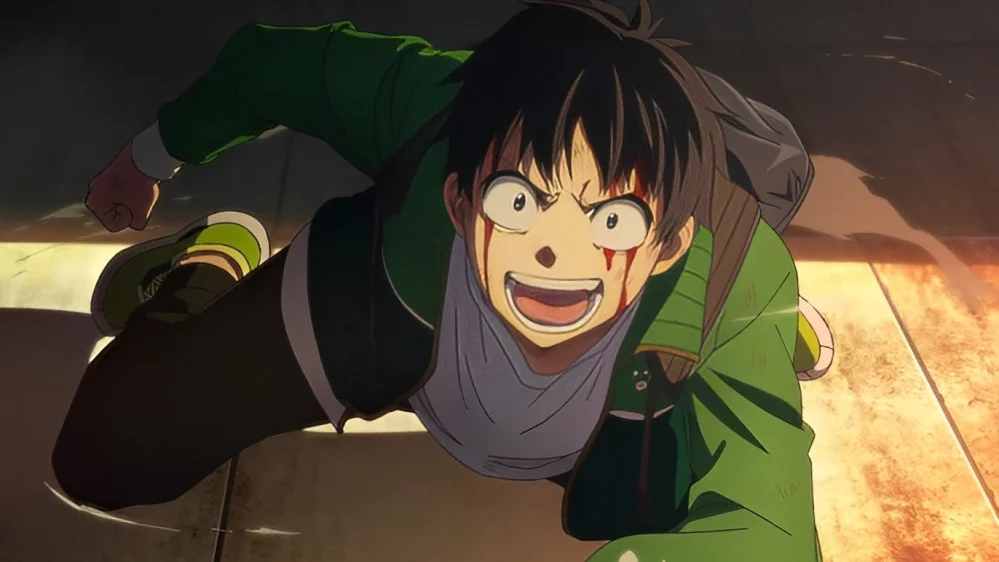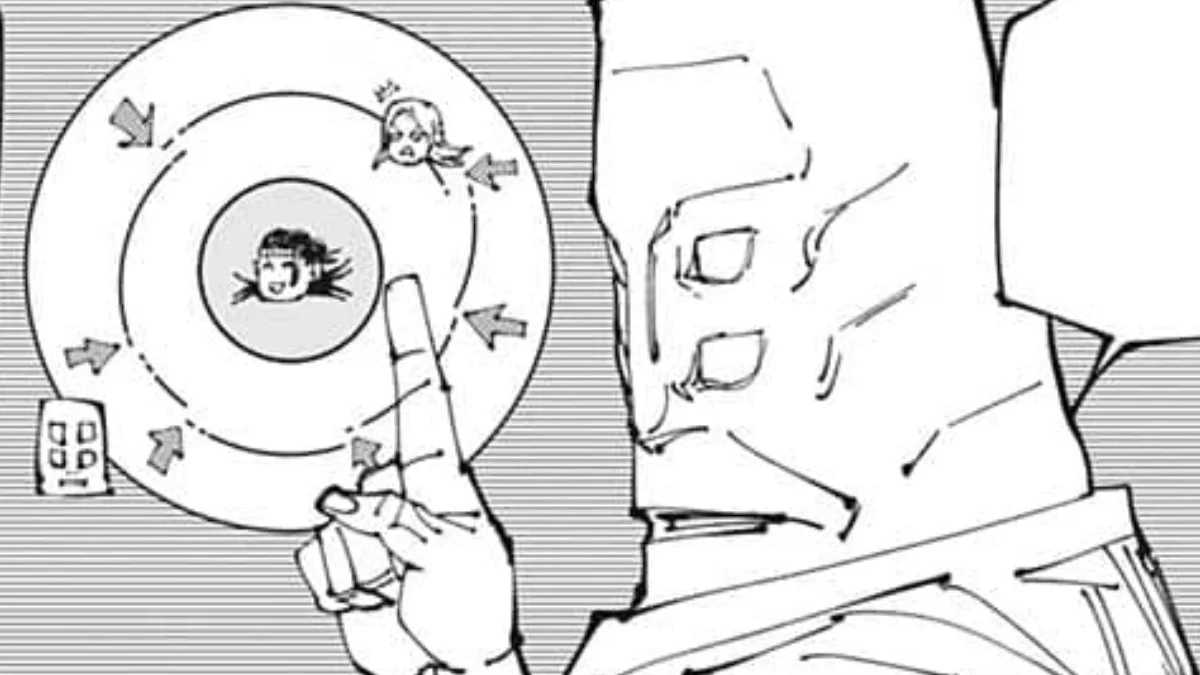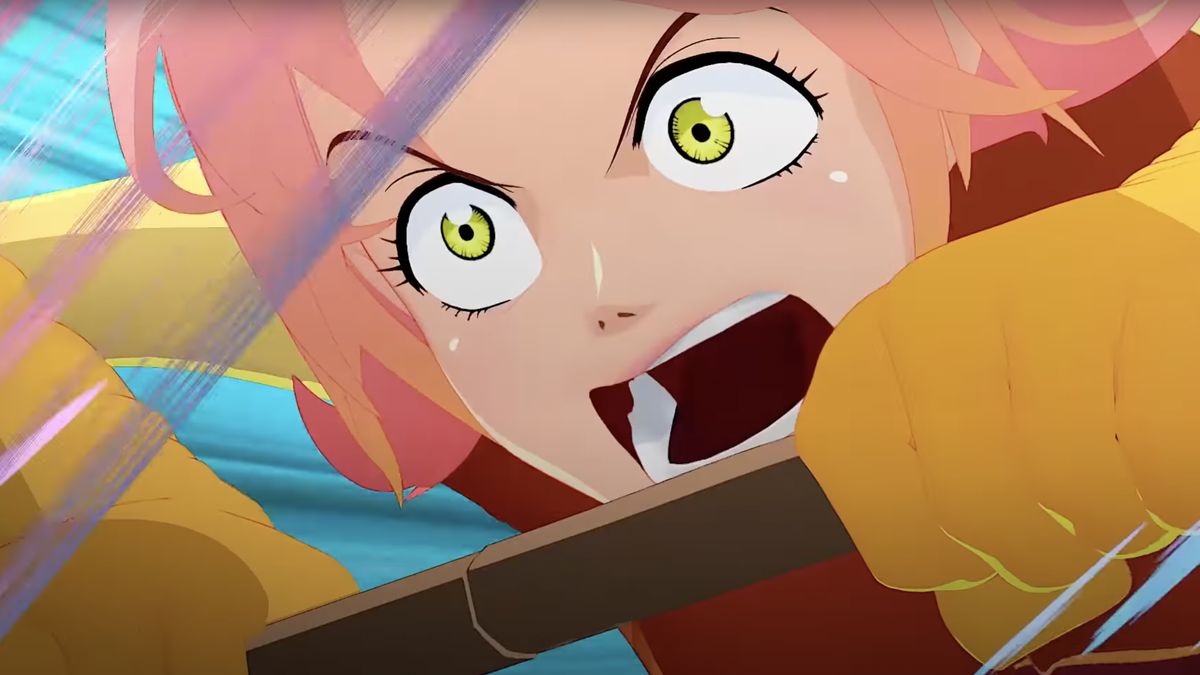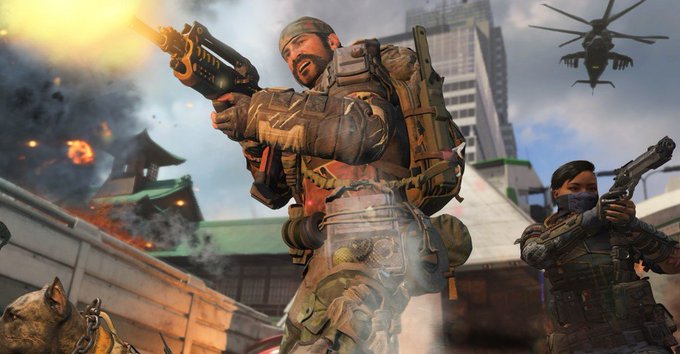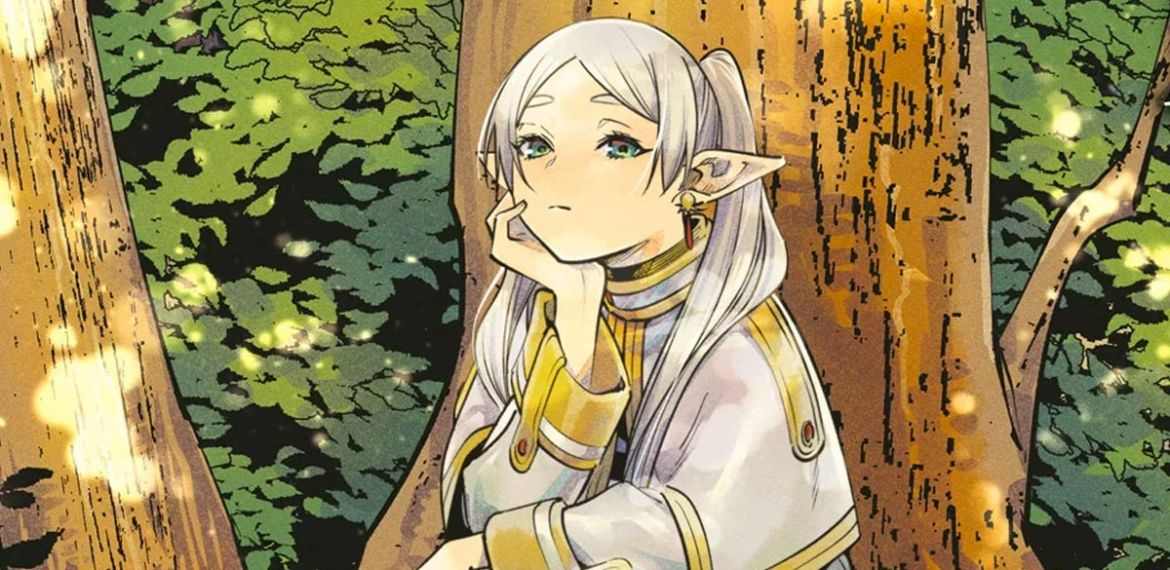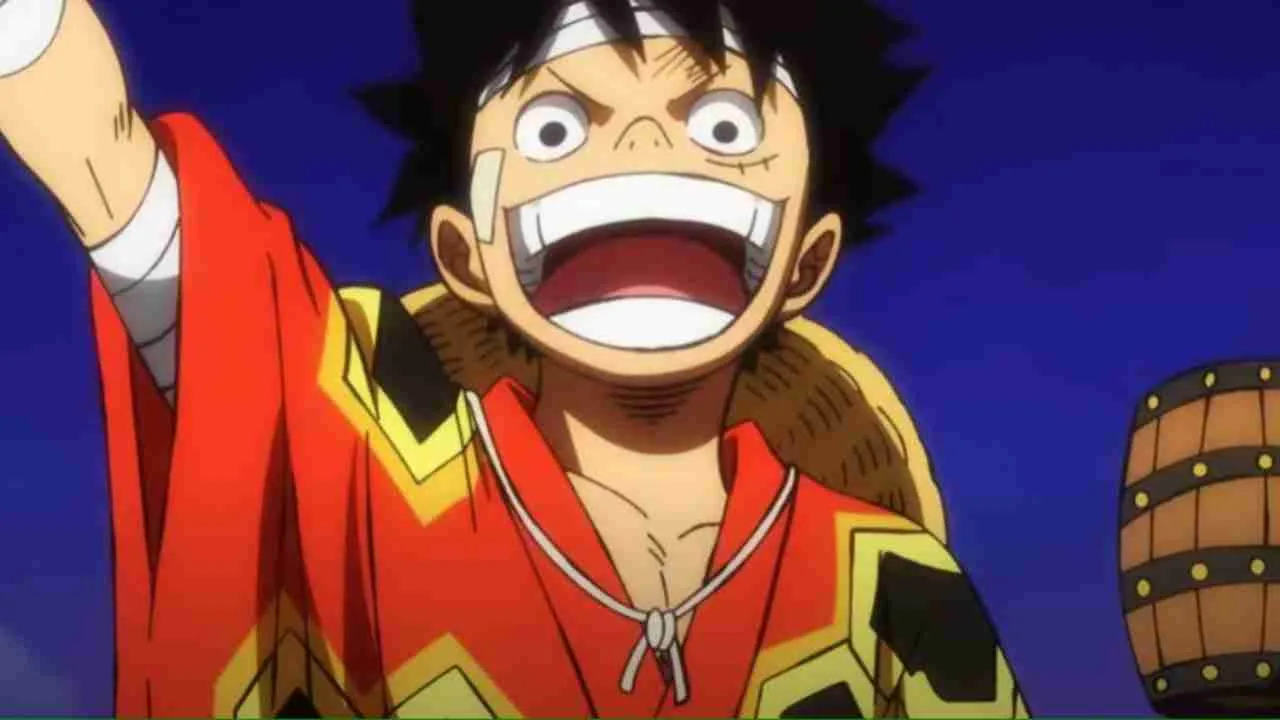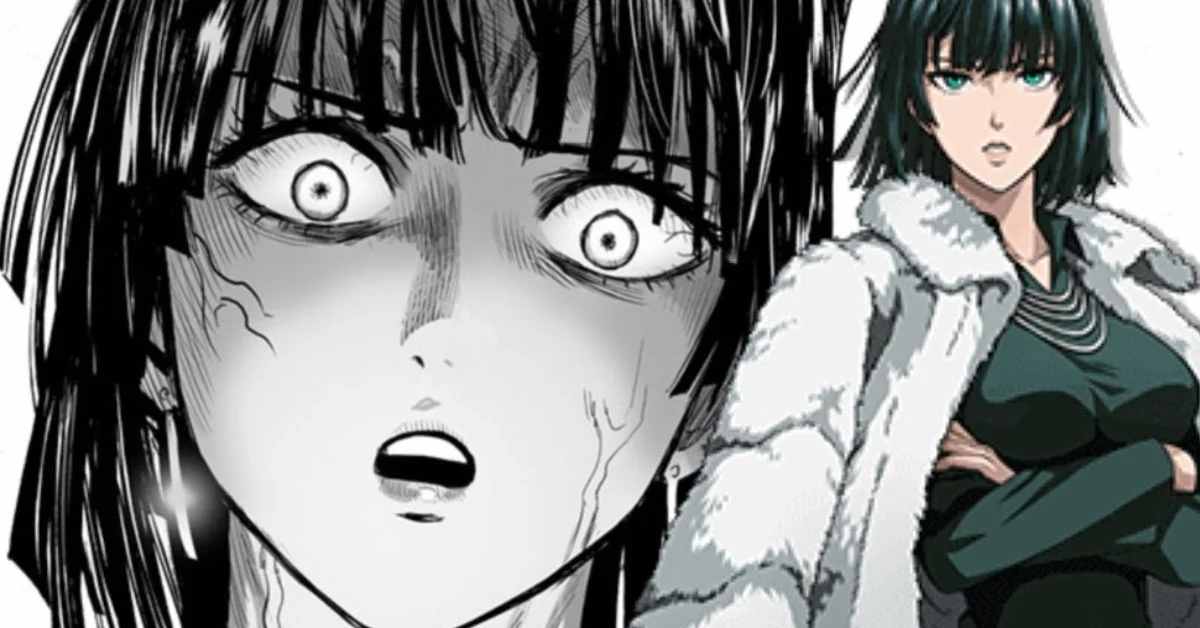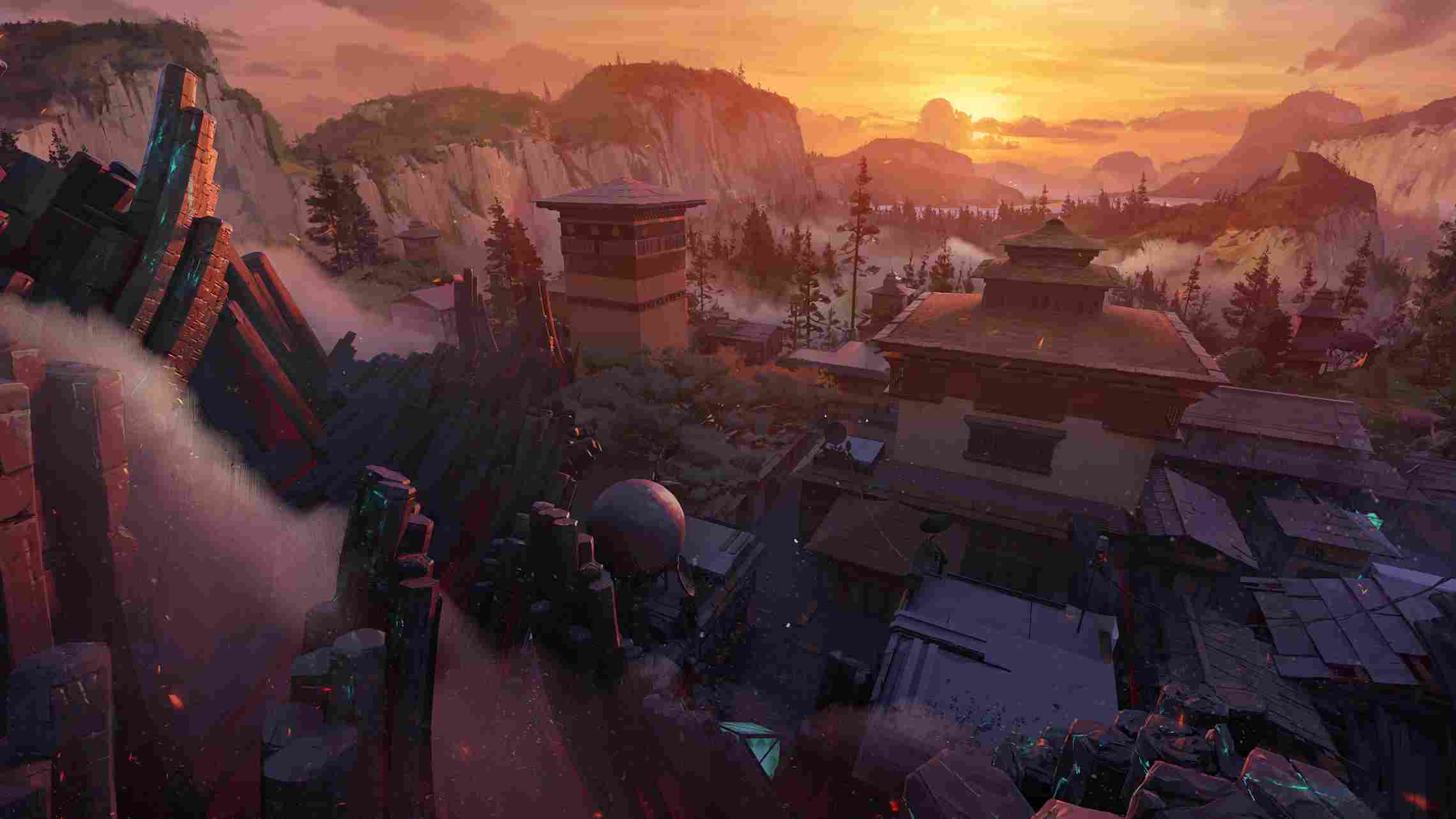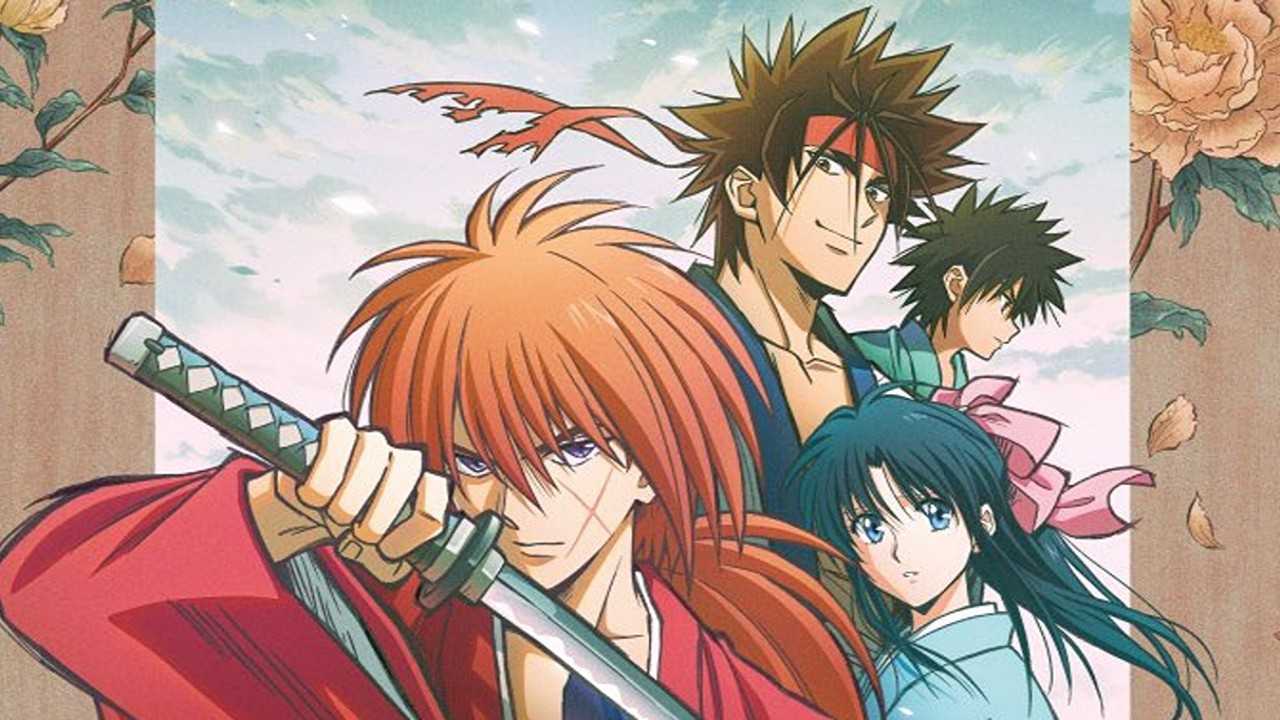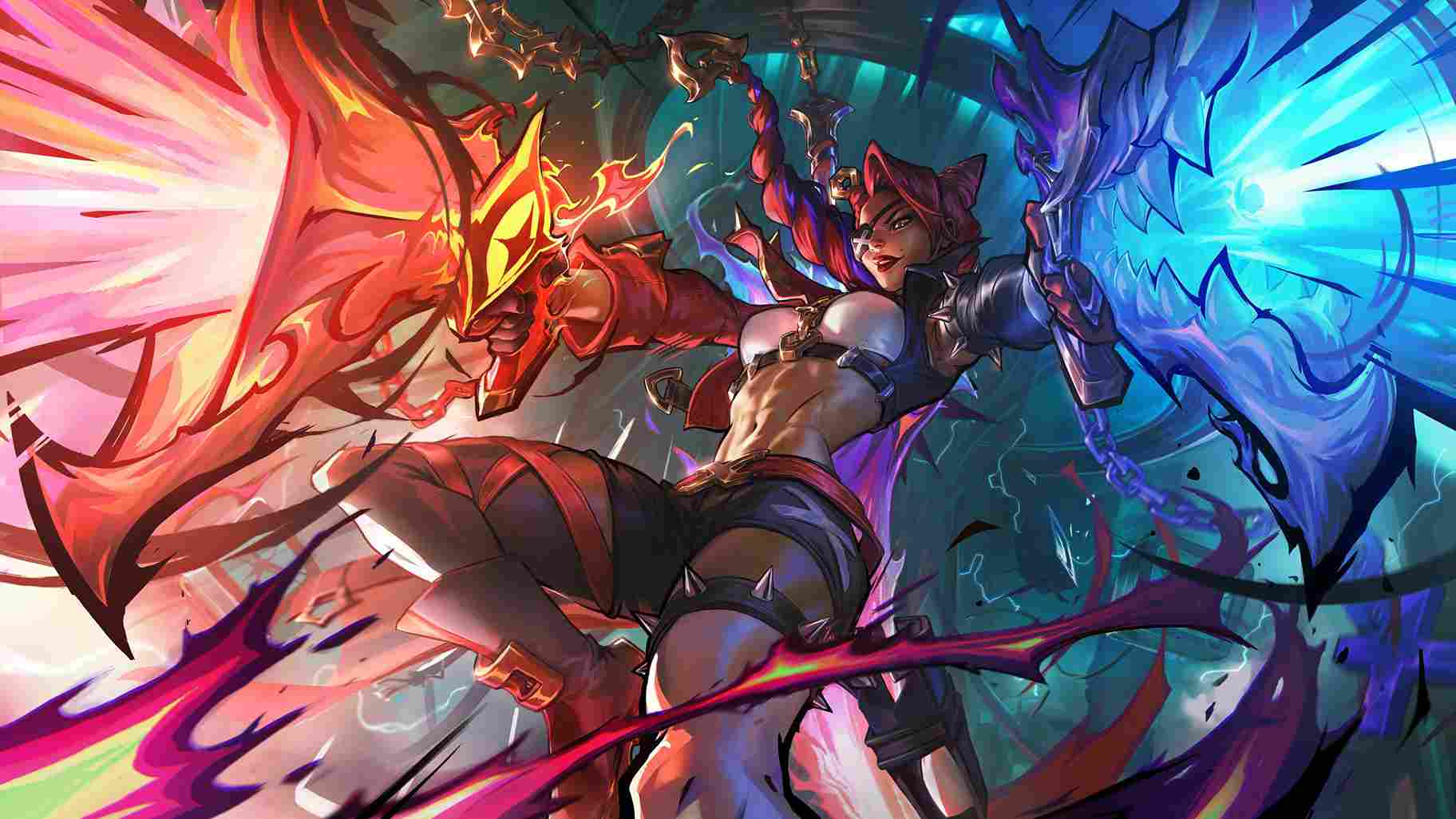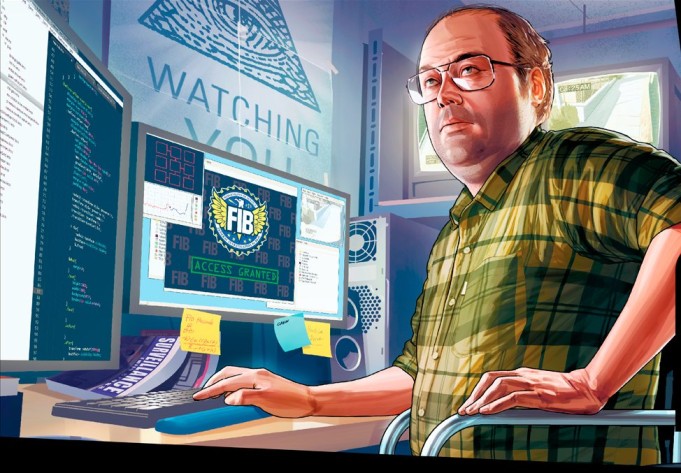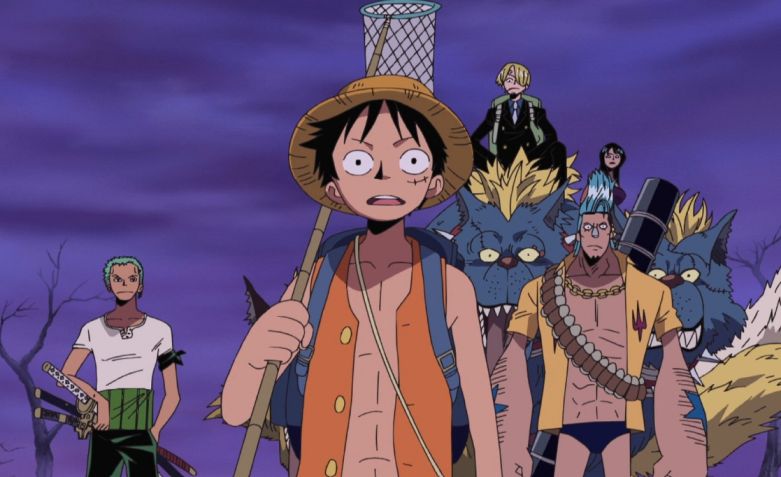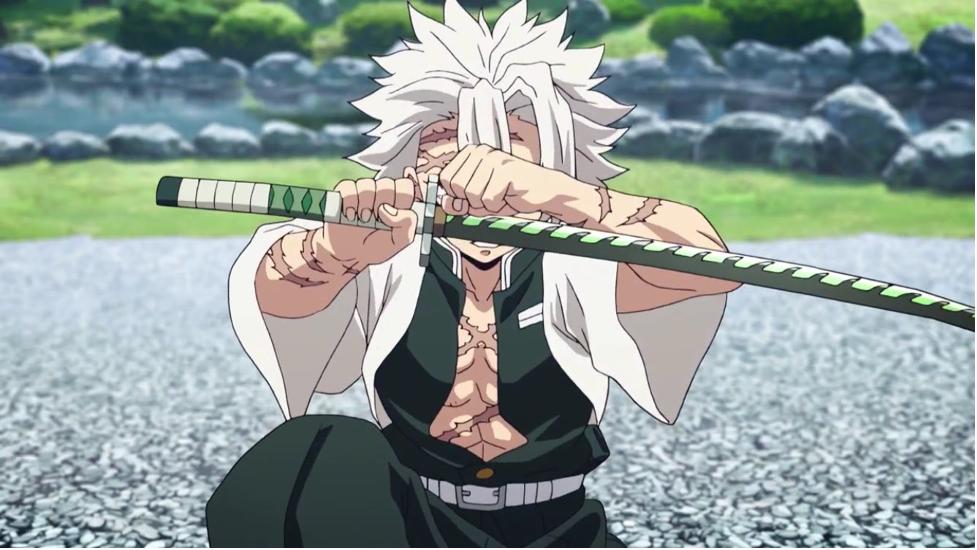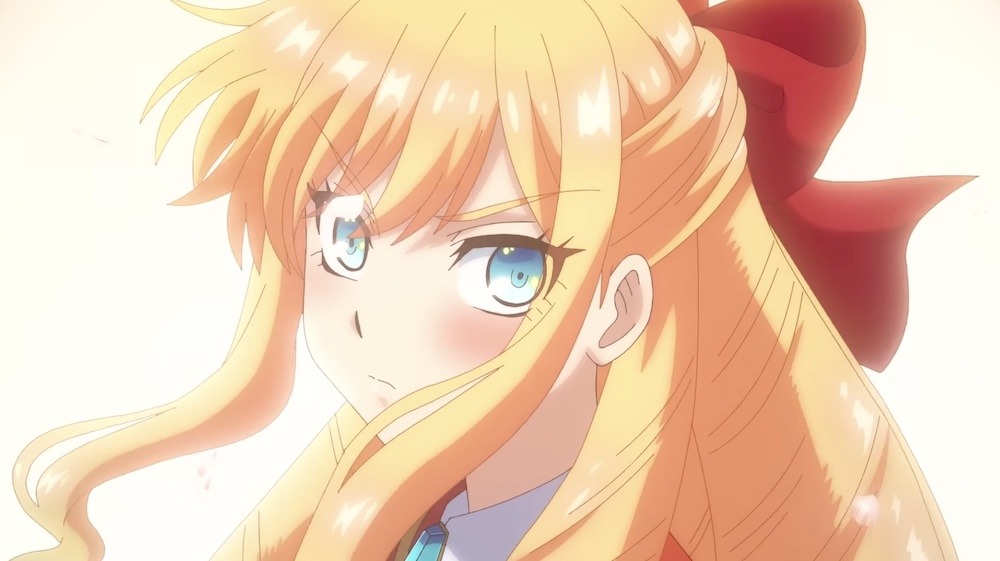5 Reasons Why Anime Production Delays Are Normal: All You Need To Know
While this season offers a wide range of spine-chilling tales featuring zombies, vampires, and ghosts, there’s a different kind of terror lurking behind the scenes of the anime industry. It’s time we delve into a topic that’s haunting both anime viewers and producers alike—the persistent issue of anime production delays.
The anime industry has long battled exploitation, and occasionally, we’ve seen shows that shed light on the unhealthy work environments that plague anime studios. The recent series, Zom 100: Bucket List of the Dead, provides a striking example. In its first episode, the show captures the grim reality of a workplace that leaves individuals drained and lifeless, echoing the challenges faced by many in the industry.
Indeed, these problems are becoming more prevalent, affecting both smaller shows and high-profile productions. Even as we’re entertained by zombies on-screen, there’s a metaphorical monster knocking at the door—the monster of production troubles.
Reasons Why Anime Production Delays Are Becoming Normal
- Rising Challenges: Unmasking Anime Production Woes
Zom 100 mirrors the struggles of Akira Tendo, whose life takes a dark turn after years of working in a nightmarish environment filled with unpaid overtime and harassment. The show’s portrayal of the collapse of society resonates with many who yearn to escape the grind of everyday life.
The irony lies in the fact that as viewers, we enjoy the animation, but behind the scenes, animators scramble to meet grueling deadlines. Delays have become a bitter reality, as evidenced by the one-week delay in the fourth and upcoming fifth episodes of Zom 100 this season.
- Struggling Against the Odds: The Impact of Production Woes
It’s disheartening to witness remarkable premieres followed by quality dips due to unsustainable conditions. While it’s natural for quality to vary in a series, persistent delays and production problems indicate a deeper issue.
And that issue isn’t limited to Zom 100. Other shows, like NieR:Automata Ver 1.1a, have also faced mid-season delays, impacting the overall experience for viewers. The emergence of COVID-19 further exacerbated these problems, as remote work arrangements struggled to replace the collaborative studio environment.
- A Struggle for Sustainability: Balancing Expectations and Resources
Allocating resources to labor-intensive episodes is standard practice, but what we’re witnessing now goes beyond that. While quality fluctuations are common, the challenges we’re seeing indicate a systemic problem within the industry.
It’s not just about the end product; it’s about the health and well-being of the artists behind it. Animators face immense pressure, and the impact of these problems is far-reaching. The emergence of international talent might help, but it also introduces its own set of challenges.
- A Call for Change: Building a Better Future
The struggles animators face aren’t unique to anime. Many creative industries share similar challenges, and change is overdue. The industry needs to acknowledge the importance of the artists and their well-being.
Absolutely, Change requires solidarity within the industry and support from the audience. By understanding the complex process and valuing the effort put into each creation, we can contribute to a healthier ecosystem for anime production.
- Breaking the Chains of Exploitation
The anime industry is at a crossroads. As viewers, we must appreciate the artistry while acknowledging the challenges faced by those who create it. By standing in solidarity with industry movements and advocating for change, we can help break the cycle of exploitation.
So, while we may not have all the answers, we can take small steps to support positive change. As we enjoy the stories on screen, let’s remember the real people behind them and work toward a brighter future for the anime industry.
In a world of fantastical tales and vivid animation, the anime industry battles its own set of real-world demons. The recurring delays and production challenges are more than just setbacks; they’re a reflection of deeper systemic issues. While we revel in the artistry and narratives presented on screen, it’s imperative that we recognize the efforts and sacrifices made by the artists who bring these stories to life.
The challenges faced by the anime industry are not isolated incidents; they mirror broader issues within creative fields. As consumers, our role extends beyond passive enjoyment. By understanding the complexities of production, valuing the craftsmanship, and demanding better conditions for creators, we can be catalysts for change.
Solidarity with industry movements and support for organized labor efforts are steps in the right direction. It’s a journey towards fostering an environment where artists can thrive without compromising their well-being. Through advocacy and appreciation, we can work together to reshape the landscape of anime production, ensuring that the stories we love come to life without the burden of exploitation.
In conclusion, as we navigate the intricate world of anime, let’s remember that every show, every episode, and every frame is a labor of love and dedication. By acknowledging this, we contribute to a future where anime production is not marred by delays and distress but rather characterized by creativity, collaboration, and compassion.
Also Read: Zom 100: Studio Shaft Reportedly Leaves Project As Production Issues Mount
